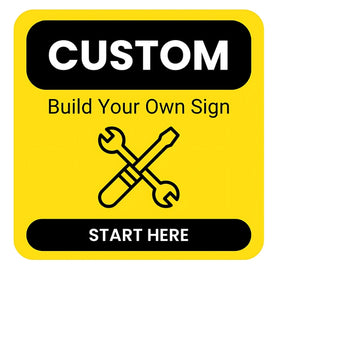Importance of Wheel Stop Installation
The Australian Standard for wheel stop installation outlines the requirements for the design, placement, and installation to ensure they are effective. It zooms into the importance of preventing vehicles from colliding with pedestrians or other vehicles.
Compliance with this standard is crucial to avoid accidents, injuries, and property damage. It helps to regulate parking spaces, ensuring that vehicles are parked within designated areas. This improves traffic flow and maximises parking capacity. Therefore, it is essential for you to adhere to the wheel stop Australian standard installation to ensure the safety of all users of your parking lots.
Wheel Stop Installation Process
First thing we need to know about how to install a wheel stop is the placement. According to the Australian Standards, they should be placed no more than 1.8 meters apart and should be located so that the tires of most vehicles can be positioned against them. Additionally, these car park stops should be placed in a straight line and should be level with the ground.
Now that you know where to place your parking wheel stops, let’s move on to the installation process. Here are the steps you need to follow:
- Prepare the site: Clean the area where you want to install the wheel stop and make sure it’s level.
- Choose the right materials: You can either choose a concrete wheel stop or a rubber wheel stop. Concrete types are more durable and are ideal for high-traffic areas, while rubber types are more flexible and are ideal for low-traffic areas.
- Mark the placement: Use a chalk line or spray paint to mark the placement of the parking stoppers.
- Dig a trench: If you’re installing a concrete type, you’ll need to dig a trench to place it in. Make sure the trench is level and deep enough to hold it securely.
- Pour the concrete: Mix the concrete according to the instructions and pour it into the trench. Make sure the wheel stop is level and straight.
- Secure the wheel stop: Use concrete screws or anchoring systems to secure them in place.
Conclusion
In conclusion, how to install a wheel stop is a simple and straightforward process that can help you create a safer parking environment. Just take note of the steps and the things to consider, and then you’ll be good to go!
Contact us now to enhance safety and learn more about their range of eSafety wheel stops and how they can benefit your facility.







